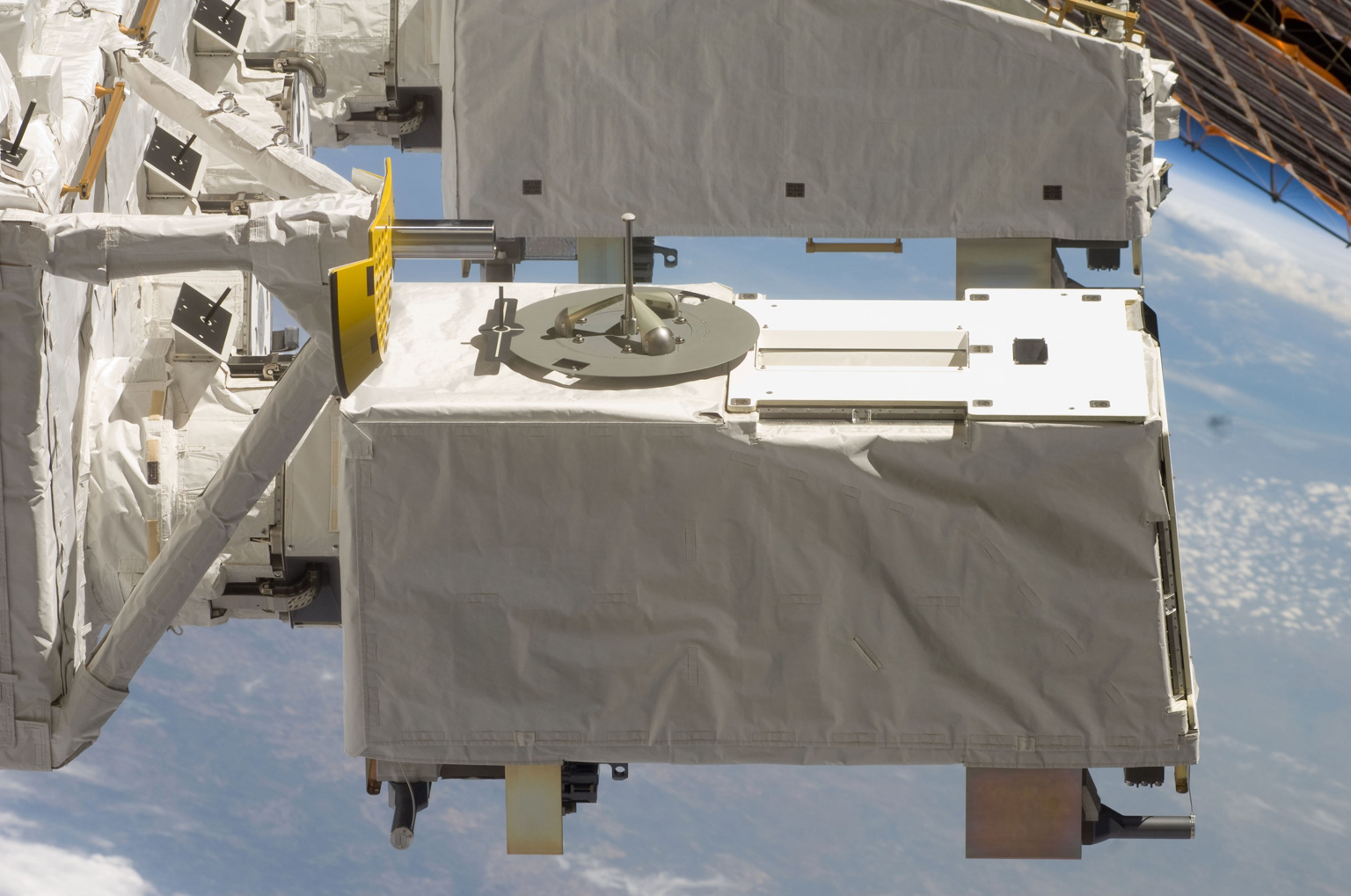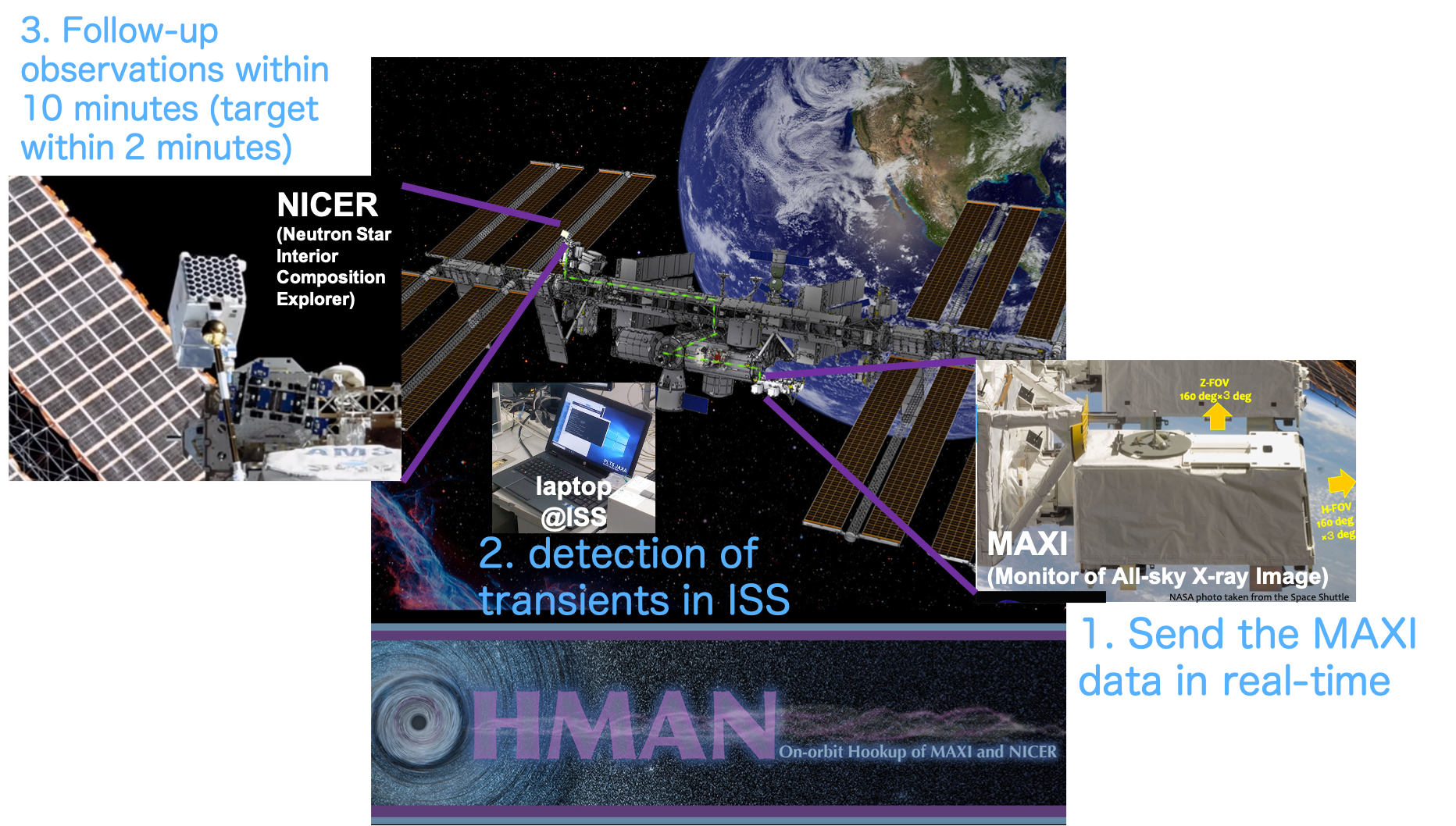In 1962, Dr. Ricardo Giacconii and his colleagues launched an X-ray detector on board an observation rocket. They discovered that strong X-rays were coming from the direction of the constellation Scorpius. This result was unexpected and opened a new observational window for X-ray astronomy. Japan has launched X-ray astronomy satellites intermittently, starting with the HAKUCHO satellite launched in 1979. Currently, MAXI on board the International Space Station (ISS) is in operation.

Looking at the night sky, you may have the impression that space is a tranquil and peaceful place that does not change with time, but in reality, it is a hectic and dynamic world where new sources emitting high-energy radiation appear and disappear on various timescales every day in the X-ray and gamma-ray bands, including GRBs mentioned above. Such transient phenomena are caused by very dense stars such as black holes and neutron stars. As an all-sky instrument in the X-ray band, MAXI continues to monitor high-energy transients in space day and night.
The U.S. module of the ISS also carries NASA's NICER X-ray telescope, which, unlike MAXI, has a narrower field of view and is not suited to detecting transient events, but it has very high X-ray sensitivity. For this reason, MAXI and NICER have recently been connected via a laptop PC on the ISS, and when MAXI detects X-ray transients, the coordinates are immediately sent to NICER, which can then start observations to obtain detailed information on the event. This cross-national cooperative observation on the ISS is called OHMAN (On-orbit Hookup of MAXI and NICER).

Based on this recently developed framework for high-energy transients, we are searching for the origin, emission mechanism, and particle acceleration mechanism of unknown neutrino sources using multi-messenger techniques consisting of neutrino observations from the South Pole and X-ray observations from outer space.